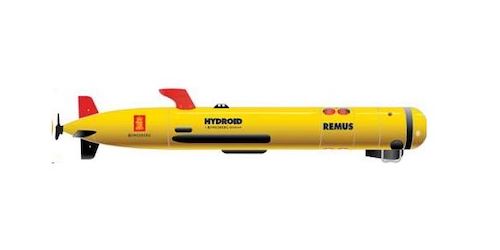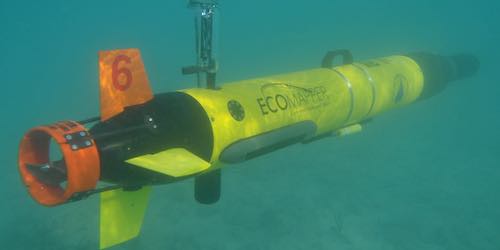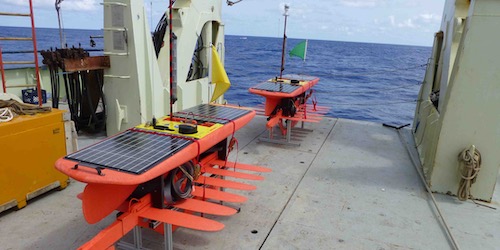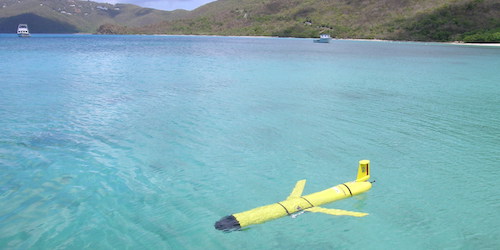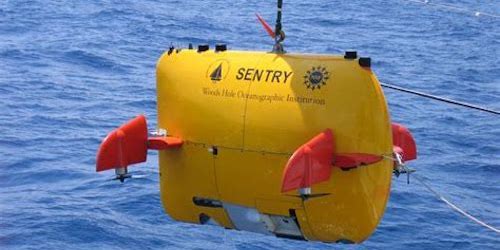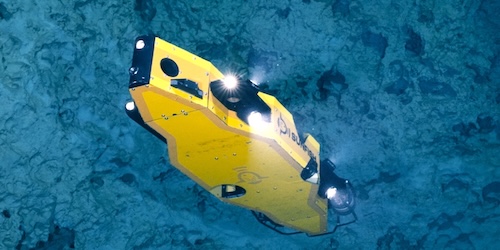THE CTD FOR YOUR AUV
SMALL. ACCURATE. RUGGED. RELIABLE.
Advanced Sensors for Mobile Marine Platforms
AUV
ASV
ROV
GLIDER
Background & TECHNOLOGY
Beginning in the late 1950's Neil Brown developed methods to determine ocean salinity in real-time using measured seawater conductivity and temperature. This pioneering work eventually resulted in the first modern conductivity-temperature-depth (CTD) sensor. The NBOSI approach to measuring salinity is an evolution of Neil Brown's patent (US 6,720,773) for an internal field, four-electrode conductivity cell with an integral pressure-protected thermistor and efficient, self-referencing electronics.
Optimized for use on mobile platforms, the NBOSI CT Sensor is free-flushing, fast-responding, quiet, vibration-free, rugged, low-power and insensitive to mounting location. Unlike existing two-electrode cells, the NBOSI Sensor does not require an energy-consuming and noisy pump. And unlike inductive cells, our compact, rugged, and low-drag sensor may be mounted anywhere on the vehicle without compromising data quality or sacrificing hydrodynamic efficiency.
All NBOSI sensors use 99.95% pure platinum electrodes and are fully epoxy potted and capable of operation beyond 6000 dbar. We regularly perform in-house pressure validation testing to 9,800 psi (6750 dbar) for customers operating under extreme conditions.
All products are assembled and calibrated in our Massachusetts, USA facility.
Optimized for use on mobile platforms, the NBOSI CT Sensor is free-flushing, fast-responding, quiet, vibration-free, rugged, low-power and insensitive to mounting location. Unlike existing two-electrode cells, the NBOSI Sensor does not require an energy-consuming and noisy pump. And unlike inductive cells, our compact, rugged, and low-drag sensor may be mounted anywhere on the vehicle without compromising data quality or sacrificing hydrodynamic efficiency.
All NBOSI sensors use 99.95% pure platinum electrodes and are fully epoxy potted and capable of operation beyond 6000 dbar. We regularly perform in-house pressure validation testing to 9,800 psi (6750 dbar) for customers operating under extreme conditions.
All products are assembled and calibrated in our Massachusetts, USA facility.
PRODUCTS
500 Series CTD Sensors
100 Series CT Sensors
TemperaturE・SalinitY・Depth
SOUND SPEED・DENSITY
SOUND SPEED・DENSITY
TemperaturE・SalinitY
Miniaturized precision electronics combined with a compact and rugged sensor body deliver real-time, research-quality conductivity-temperature-depth (CTD) measurements in a package that is easy to integrate and maintain.
Each sensor is constructed with a user-specified permanently attached cable pigtail or bulkhead connector. See product configuration matrix for available options or contact us for a custom solution.
Available with or without an integrated Keller PA7LD pressure sensor with 30, 100 or 200 bar range. With an installed pressure sensor the 500 Series CTD can provides real-time ocean density and sound speed output.
Specifications Product configuration matrixEach sensor is constructed with a user-specified permanently attached cable pigtail or bulkhead connector. See product configuration matrix for available options or contact us for a custom solution.
Available with or without an integrated Keller PA7LD pressure sensor with 30, 100 or 200 bar range. With an installed pressure sensor the 500 Series CTD can provides real-time ocean density and sound speed output.

Our original conductivity-temperature (CT) sensor consisted of an externally-mounted CT cell and an internally-mounted precision electronics board. These legacy sensors were available in both rectangular and cylindrical form factors. Both forms are now exactly replaced by our dimensionally-identical 501 and 503 CTD sensors with integrated electronics.
Users interested in a CT-only sensor (e.g. for ASV applications) should consider one of our 500 Series sensors configured without a pressure sensor. Easier to install and maintain, better performance and lower cost.
We will continue to service and repair the more than 1000 legacy Series 100 sensors deployed worldwide.
SpecificationsProduct configuration matrixUsers interested in a CT-only sensor (e.g. for ASV applications) should consider one of our 500 Series sensors configured without a pressure sensor. Easier to install and maintain, better performance and lower cost.
We will continue to service and repair the more than 1000 legacy Series 100 sensors deployed worldwide.
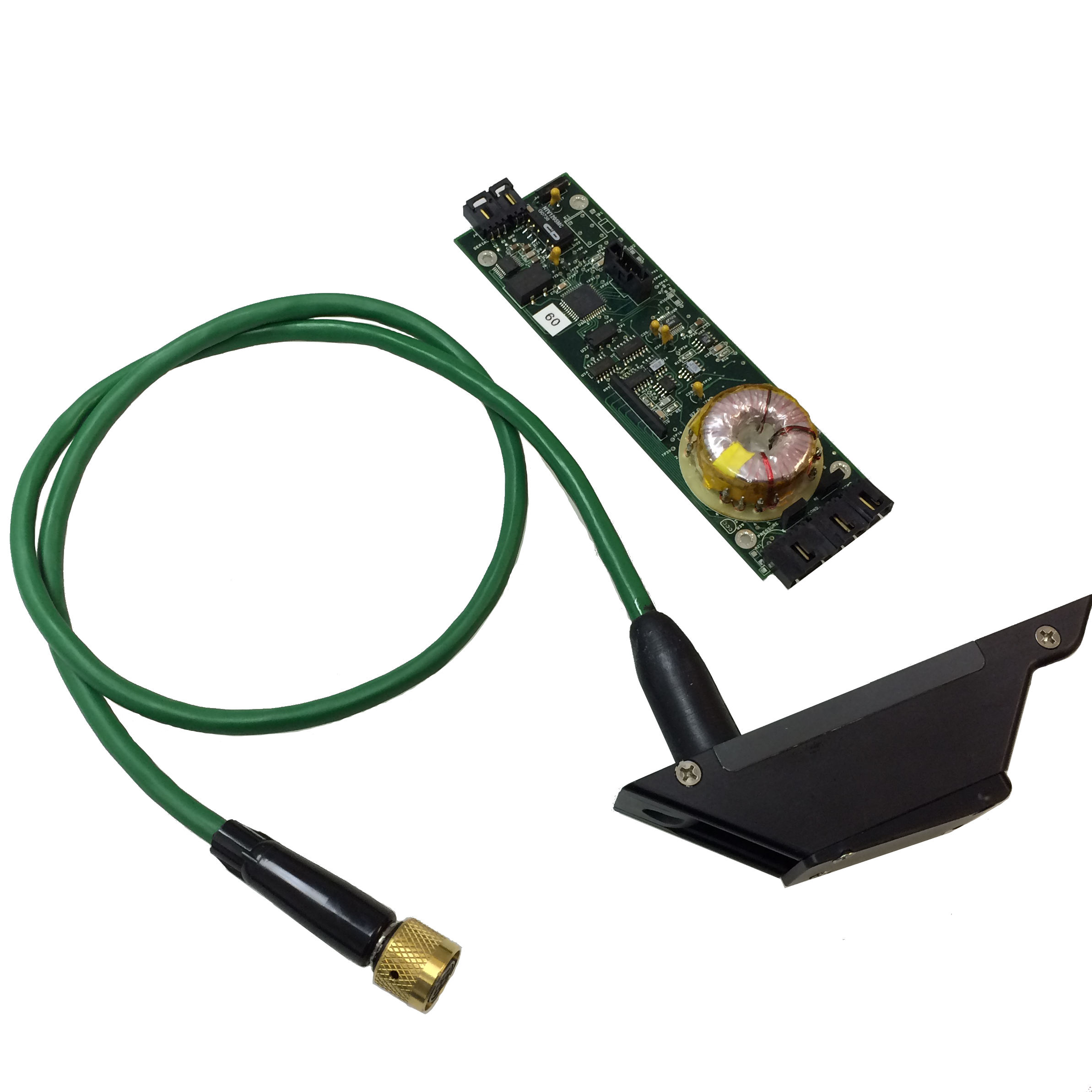
LEGACY PRODUCTS
Model 103 CT
Cylindrical conductivity-temperature sensor with separate electronics board and permanently-attached cable pigtail. Two-part construction includes a shroud that can be adapted to different hull diameters. Standard shroud fits a 7.5" diameter hull. This legacy product is superseded by the Model 501 CTD, available with or without an integral pressure sensor.

PROVEN APPLICATIONS
satisfied customers
Since 2004 NBOSI has delivered more than 1000 sensor systems to leaders in ocean research, industry and defense





















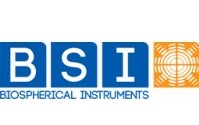













team

Dave Fratantoni
CEO

Ray Schmitt
Co-Founder, President
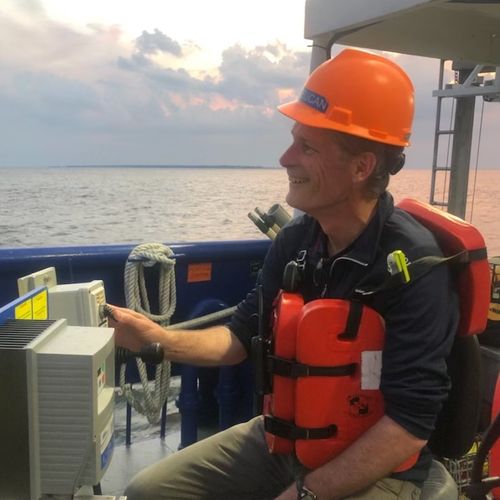
bob petitt
Co-Founder, Chief Engineer

Neil Brown
Co-Founder
(1927-2005)
(1927-2005)

LOCATION
82 Technology Park Drive
East Falmouth, MA 02536
USA
Copyright 2025 Neil Brown Ocean Sensors, Inc.









